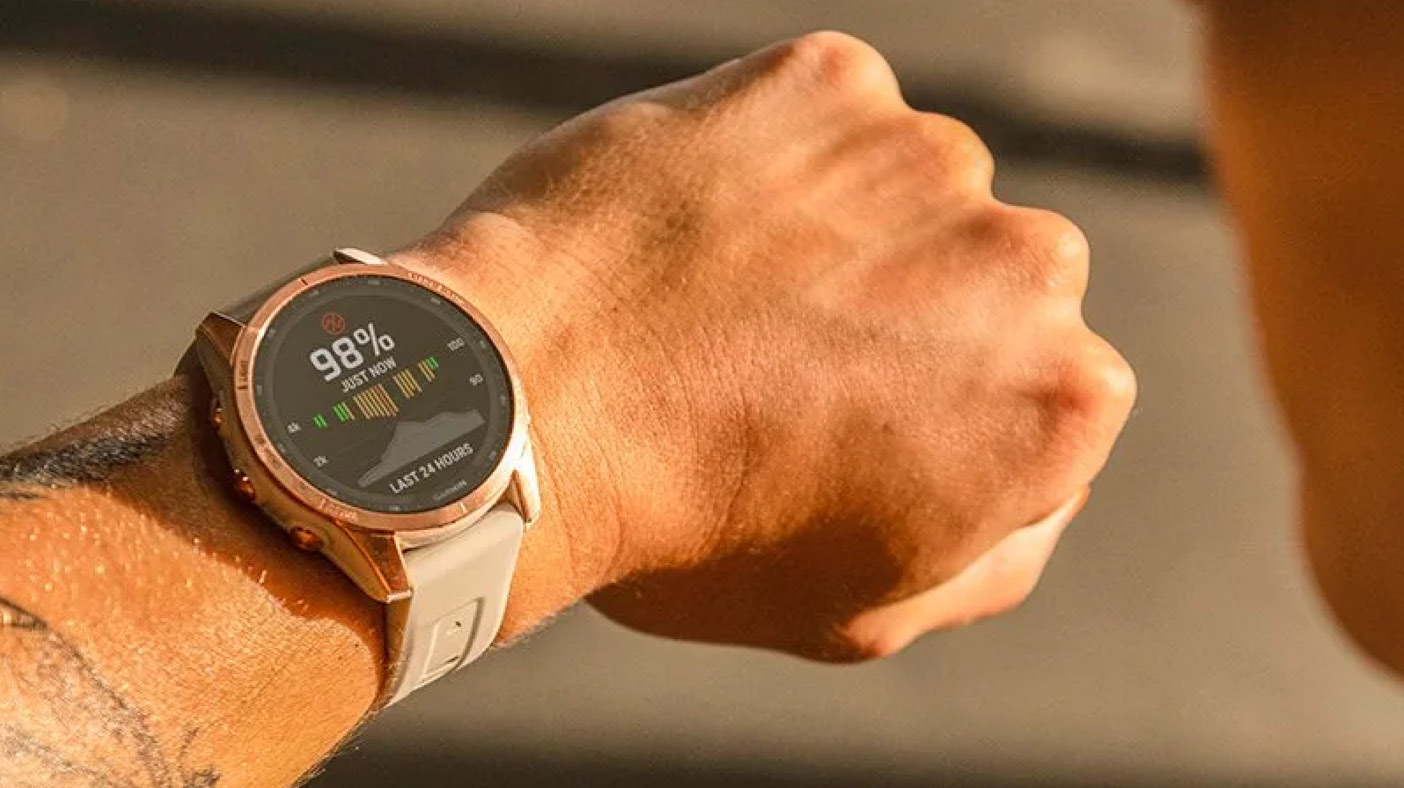Boxing Day 2023: the best deals from your favourite brands
Outdoor Activities | December 21, 2023
SAIL
September 29, 2022

You regularly walk, run, swim or ride and you’d like to track your performance so you can monitor your progress from one training session to the next? The best tool to use is a smartwatch, which, once synced to your phone, will ensure you can review key data on each of your outings. But which watch is most suited to your training, and which features should you look for? This article answers all your queries.
In this article, you will learn more about:
Smartwatches, activity monitors, GPS watches, fitness watches or even sports watches… It’s easy to get lost when it comes to the terms used to describe connected watches these days. Put simply, they differ from traditional watches as they allow users to record data linked to their physical activity, such as number of steps, activity duration, etc.
There are two main categories of connected watches: smartwatches, and fitness trackers. They have many features in common, but the smartwatch (a category that includes fitness watches) is a virtual extension of your phone. In addition to recording data, most models are equipped with features such as call and text message notifications, voice command for music, etc. Market leaders in this area are brands Garmin and Suunto, amongst others.
Fitness trackers, on the other hand, often come as bracelets, and their main goal is to measure your physical activity in a slightly more basic way (number of steps, activity duration, sleep quality). The Fitbit product range, for example, includes several models of fitness trackers.
You can find increasingly versatile watches on today’s shop shelves, including GPS smartwatches or fitness trackers which allow you to listen to music. Prices vary from around $100 for a more basic fitness tracker, to over $1 000 for the most versatile connected watches.
Going through all the features of each watch model would be virtually impossible, as there are so many different options on the market. However, it can be useful to compare models based on a few wider sets of criteria, such as compatibility, connectivity, data display, battery life or waterproofing.
When it comes to compatibility, most smartwatches and fitness trackers on the market are compatible with the most widely used phones. However, it’s always good to check as you may need to download the latest operating system updates to access the required applications, which use a lot of data.
In terms of connectivity, the vast majority of recent watches use Bluetooth or wifi to sync data to your phone, and some will simply opt for the most efficient connection available.
If you’d like to track your activity in real time, you will need to choose a watch that offers live data display directly on the watch’s face. The most recent options feature touch screens (you may want to get a pair of touch screen gloves for the winter).
The battery life of your watch can be very important if you practice an endurance sport that lasts several hours, such as cycling and trail running, or several days, such as hiking. Most watches have a battery life of several days, but this goes down drastically as soon as the GPS function is activated.
Last, waterproofing can be a good (or even necessary) feature for nautical sports such as swimming. Ask about the waterproofing depth of the models you are considering (ideally, at least 5 ATM).
Keep in mind that you should start by defining your requirements (long or short outings, one or several sports to track, whether your watch will get wet, etc.) to make an informed choice.
Today, there are dozens of features available for smartwatches and fitness trackers, from simply calculating your daily step count to tracking your mindful breathing minutes, your hydration or stress levels. In order not to get lost, it is important to keep the most basic features in mind (which are often the most important ones too) when purchasing your first watch: tracking of distance, activity duration, cadence, heartbeat, as well as GPS and an altimeter. Here are some features you may require for each of the following sports:
Features to look for :
Features to look for:
Features to look for:
Features to look for:
You now know everything you need to know on smartwatches and fitness monitors to make the most out of your training session, with the best sports coach right there on your wrist.